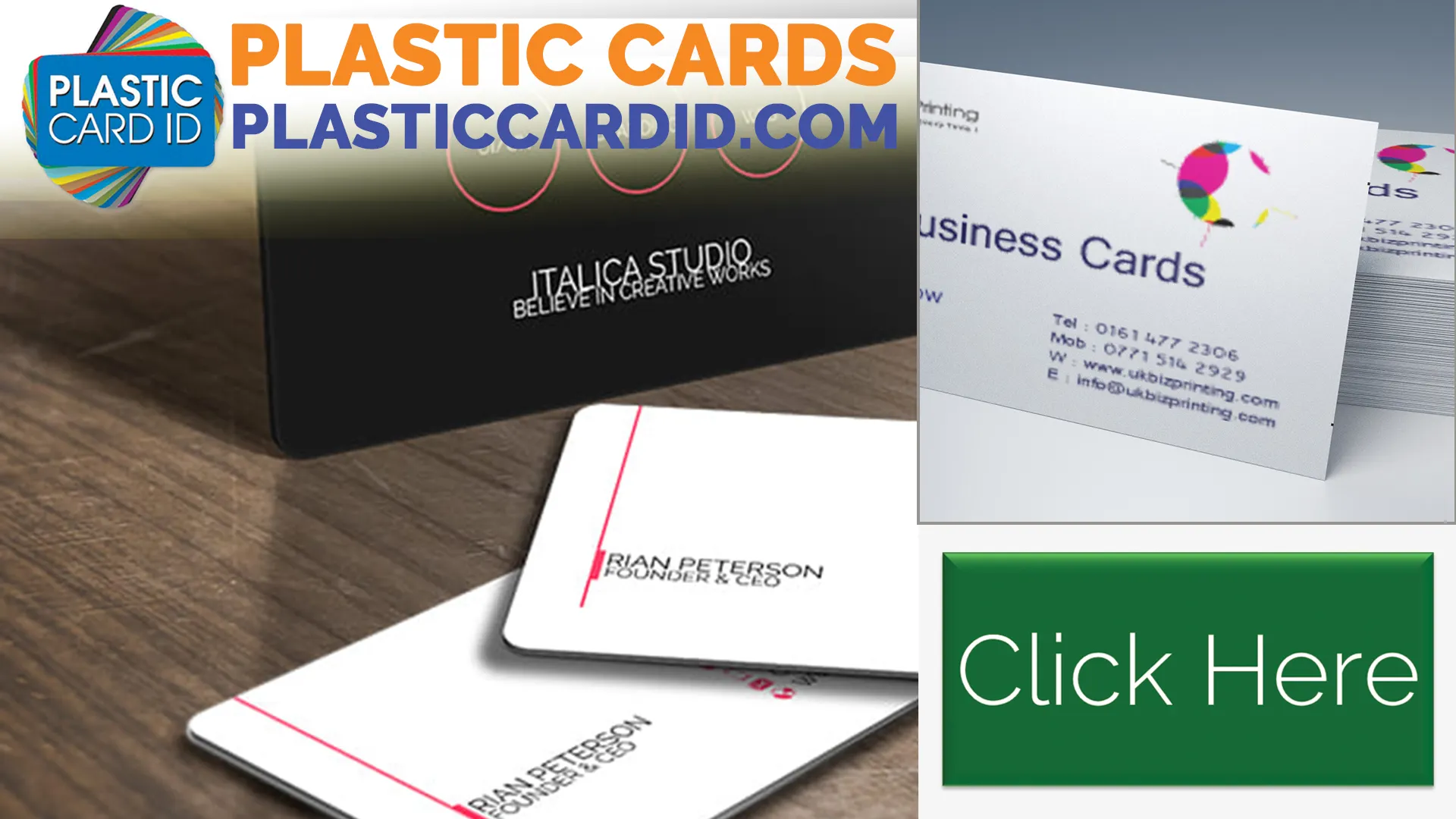Design Tips for Photographer Business Cards
Table of Contents []
- Designing Photographer Business Cards
- This page will offer practical design tips for creating effective and attractive business cards for photographers, brought to you by Plastic Card ID
- Understanding Your Brand Identity
- Selecting Professional Color Schemes
- Effective Use of Photographic Motifs
- The Inclusion of Essential Contact Information
- Incorporating QR Codes for Digital Portfolios
- Highlighting Key Skills and Services
- Leveraging High-Quality Materials
- Design Software and Tools
- Finalizing the Design
- Implementing Feedback for Continuous Improvement
- Conclusion: Enhancing Your Professional Image with Plastic Card ID
Designing Photographer Business Cards
This page will offer practical design tips for creating effective and attractive business cards for photographers, brought to you by Plastic Card ID
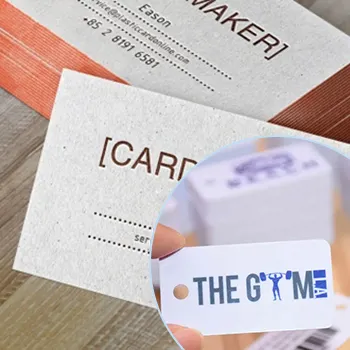
In the highly competitive world of photography, standing out is crucial. One efficient way to make a lasting impression is through a thoughtfully designed business card. Plastic Card ID offers comprehensive advice on this including the use of professional color schemes, photographic motifs, and essential contact information. Our aim is to help photographers create business cards that mirror their artistic ability and professionalism.
Understanding Your Brand Identity
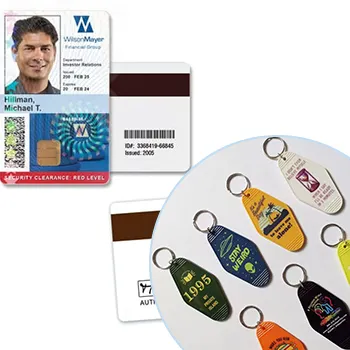
Before diving into the details, it's critical to first understand your unique brand identity. This sets the foundation for all design choices. %NICKNAME% emphasizes the importance of aligning your business card with your brand's aesthetic and message.
Define Your Style
Is your photography style modern, classic, or abstract? Your business card should reflect this to accurately introduce potential clients to your work. A coherent style helps in making you memorable.
Think about what colors, fonts, and motifs align with your photography portfolio. Consistency across all marketing materials strengthens your brand image.
Audience Identification
Understanding your target audience ensures that you create a card that appeals to them. Are your clients primarily event planners, couples looking for wedding photographers, or art galleries?
Tailoring the design to your audience increases the likelihood that your business card will resonate and, consequently, lead to more business opportunities.
Selecting Professional Color Schemes
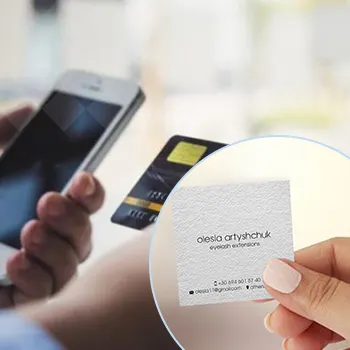
Choosing the right color scheme is paramount. Plastic Card ID advises selecting colors that not only look good but also evoke the right emotions.
The Psychology of Colors
Colors have psychological impacts and can evoke specific emotions. For example, blue often conveys trust and professionalism, while red can signify passion and excitement.
Understanding this allows you to choose colors that align with your brand and appeal to your target audience effectively.
Consistent Palette
Ensure that your color palette is consistent with your other marketing materials, website, and social media platforms. This consistency enhances brand recognition.
A harmonious palette across platforms makes you stand out as a professional and cohesive brand.
Color Contrast and Readability
While choosing colors, ensure there is enough contrast for readability. Plastic Card ID recommends dark text on a light background for maximum legibility or vice versa.
Poor color contrast can make your card difficult to read, which defeats its primary purpose.
Effective Use of Photographic Motifs
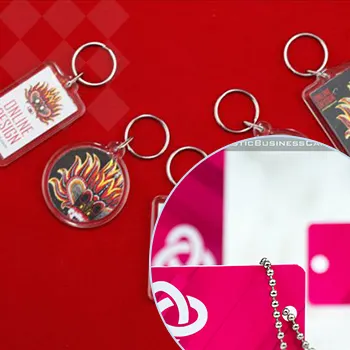
Incorporating photographic motifs can make your card stand out and reflect your skills. Here's how Plastic Card ID suggests you incorporate such elements.
Background Images
Use one of your best photographs as the background image. This not only showcases your work but also adds a personal touch to your business card.
Ensure the photo doesn't overpower the text; balance is key.
Subtle Watermarks
- Incorporate subtle watermarks of your work to add a layer of intricacy and sophistication to the card.
- Watermarks preserve the integrity of the text while providing a glimpse into your artistry.
These elements can enhance your card's overall aesthetic without distracting from crucial information.
Portfolio Highlights
Include icons or small images representing different types of photography you specialize in, such as portraits, landscapes, or events. These act as visual cues for clients.
Each motif can give your potential clients a preview of your expertise without overwhelming the card's design.
The Inclusion of Essential Contact Information
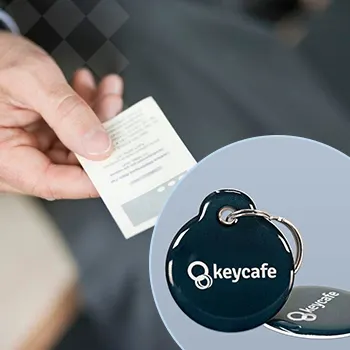
The primary function of a business card is to provide contact information. Plastic Card ID emphasizes clarity and conciseness in presenting this information.
What to Include
Your business card should include your name, phone number, email, and website. These are the basics, but you can also add social media handles if they are relevant to your business.
Ensure each piece of information is easily distinguishable to avoid confusion.
Font Choices
Choose professional and readable fonts. Plastic Card ID recommends staying away from overly decorative fonts for contact information to maintain readability.
Sans-serif fonts often work best for digital formats and serif fonts for print, but this can vary based on your design.
Layout and Spacing
Adequate spacing between different sets of information can make your card easier to read and more aesthetically pleasing. Cramming too much information can detract from the card's effectiveness.
Organized layouts help guide the reader's eye through the card, making it more engaging and functional.
Incorporating QR Codes for Digital Portfolios
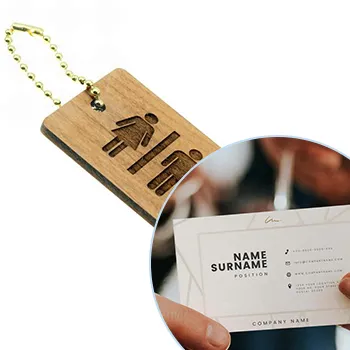
In today's digital age, QR codes offer a seamless way for clients to access your digital portfolio. Plastic Card ID shares insights on how to integrate them effectively.
Placement and Size
Place the QR code in a spot that is visible yet doesn't interfere with other critical information. Typically, the bottom corner works well.
Ensure the QR code is large enough to scan easily but not so large that it dominates the card.
Link Destination
The QR code should lead to your portfolio or a professional social media page. Plastic Card ID suggests keeping the linked page up-to-date and mobile-friendly.
A well-maintained digital footprint complements your business card and solidifies your professional image.
Additional Tips for Usage
Inform your potential clients about the QR code with a small line of text, such as Scan to view my portfolio. This encourages them to use the code.
Make sure to test the QR code on various devices to ensure it works seamlessly.
Highlighting Key Skills and Services
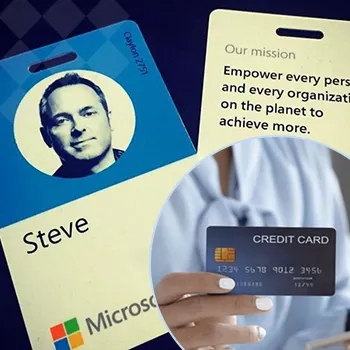
Plastic Card ID recommends using your business card to highlight your key skills and services. This provides an at-a-glance summary of what you offer.
Skill Highlights
List 3-5 of your core competencies such as portrait photography, event photography, or photo editing. This helps clients understand your expertise quickly.
Using bullet points or icons can make this information more visually appealing and easy to digest.
Service Offerings
- Mention specific services you provide, such as wedding shoots, corporate events, or studio portraits.
- Providing clear information helps clients make informed decisions about hiring you.
Detailing your services adds value to your card and informs clients what to expect.
Unique Selling Proposition (USP)
If you have a unique selling proposition, such as a special editing style or quick turnaround times, make sure to highlight it. Plastic Card ID stresses that this could be the differentiator that makes you stand out.
Your USP can act as a compelling reason for clients to choose you over competitors.
Leveraging High-Quality Materials
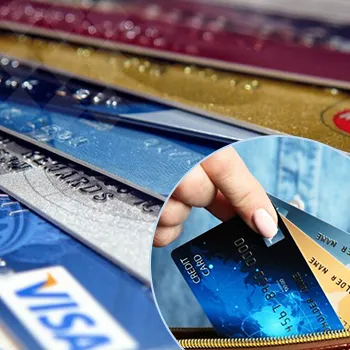
The material of your business card reflects your professionalism as much as its design does. Plastic Card ID offers tips on selecting the right materials.
Card Stock
Opt for high-quality card stock as it feels more substantial and professional. Thicker paper not only looks better but lasts longer. Clients are more likely to keep a card that feels valuable.
Standard options include glossy, matte, and textured finishes. Each has its unique aesthetic and benefits.
Plastic Cards
For a durable and premium option, consider plastic business cards. Plastic Card ID notes that these are less likely to be damaged and give a modern, sleek look.
Plastic cards can be clear, frosted, or opaque depending on your design preference.
Sustainability
- For environmentally-conscious photographers, there are eco-friendly options available such as recycled paper or sustainable materials.
- Highlighting your commitment to sustainability can appeal to eco-minded clients.
Using sustainable materials can also reflect positively on your brand identity.
Design Software and Tools
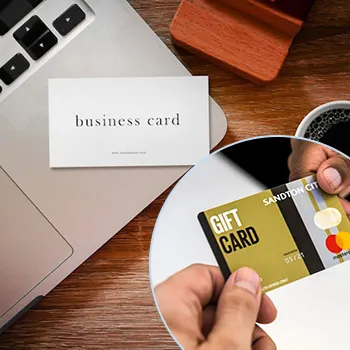
Plastic Card ID understands that not everyone has access to professional design software. Here are some tools that can help you create a stunning business card.
Canva
Canva is a user-friendly platform offering a plethora of templates tailored for business cards. Its drag-and-drop interface makes it accessible even for beginners.
The platform also allows for significant customization, ensuring your card is as unique as your photography.
Adobe Spark
Adobe Spark provides a range of tools to help you design business cards. Its integration with other Adobe products allows for a consistent design across all your materials.
The templates are professional and highly customizable, offering flexibility in your design process.
Vistaprint
While primarily known for printing services, Vistaprint also offers business card design tools. They provide a balance between ease of use and professional results.
You can upload your designs or use their customizable templates to create your card.
Finalizing the Design
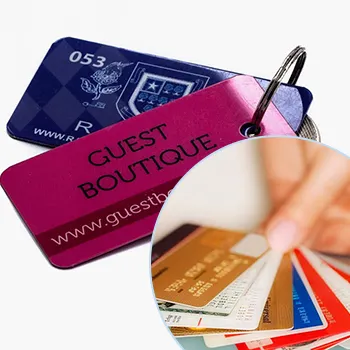
Once you have your business card designed, it's crucial to review and finalize the details. Plastic Card ID offers guidelines for this final step.
Proofreading
Double-check all information for accuracy. Typos or incorrect details can hurt your professional image. It's wise to have someone else review it as well.
Small mistakes can leave a lasting negative impression, so be meticulous.
Print Quality Check
Request a print sample before finalizing your order. This allows you to check the color accuracy, material quality, and overall look of the card.
Ensuring high print quality is essential for making a good first impression.
Bulk Orders
Consider ordering in bulk to save on costs and ensure you have enough cards for all networking opportunities. Plastic Card ID advises managing your inventory to avoid running out at crucial times.
Having an ample supply of business cards ensures you are always ready to seize any opportunity that comes your way.
Implementing Feedback for Continuous Improvement
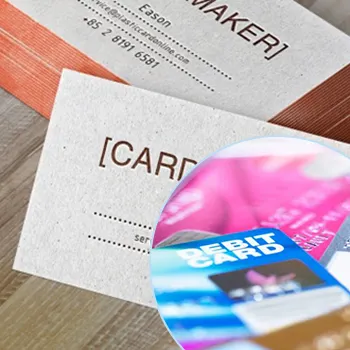
Once your business card is out in the world, gather feedback to understand its effectiveness. Plastic Card ID encourages continuous improvement based on this feedback.
Client Feedback
Ask for feedback from your clients or peers. They can provide insights that you may have overlooked.
Such feedback helps identify areas for improvement, making your business card even more effective.
Data Analysis
Track how often the QR code is scanned, or how many people contact you after receiving your card. These metrics can provide valuable information about the card's performance.
Adjust your design based on this analysis to increase effectiveness.
Iterative Design
Don't hesitate to update and redesign your card periodically. Trends change, and your card should evolve to reflect current best practices.
Staying updated ensures that your card remains relevant and impactful.
Get an Instant Quote
Visit PlasticCardID to get started!
Conclusion: Enhancing Your Professional Image with Plastic Card ID
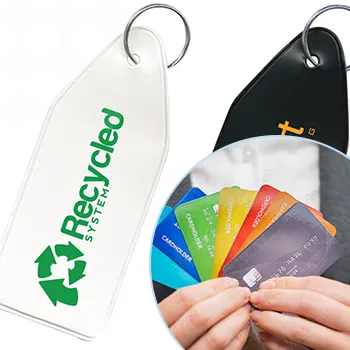
Creating an effective and attractive business card is a crucial step for photographers in establishing their professional image. Plastic Card ID is here to guide you through the process, ensuring your card stands out and makes a strong impression.
By incorporating professional color schemes, photographic motifs, essential contact information, and modern features like QR codes, you can create a card that is both functional and visually appealing. Trust Plastic Card ID to help you design a business card that will elevate your professional networking efforts.
For further assistance, or to place an order, reach out to us at [PHONE]. Take the next step in enhancing your professional image today!
Previous Page

